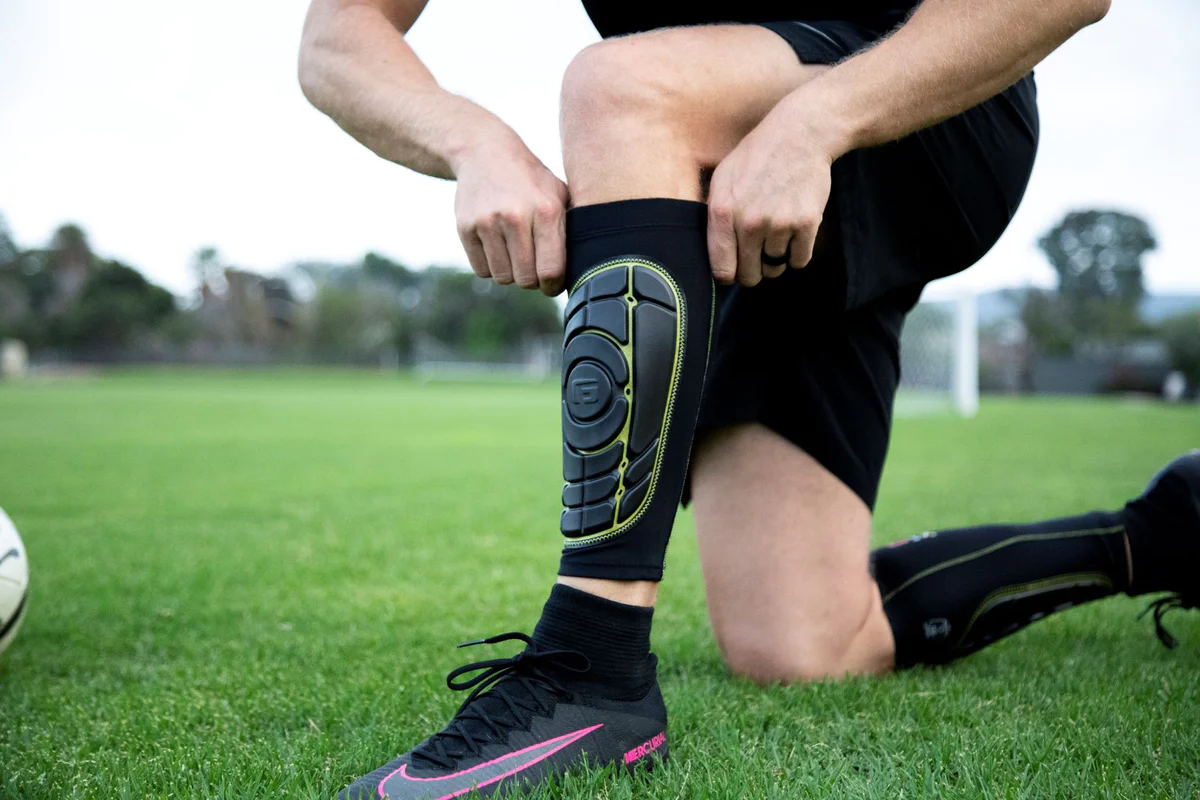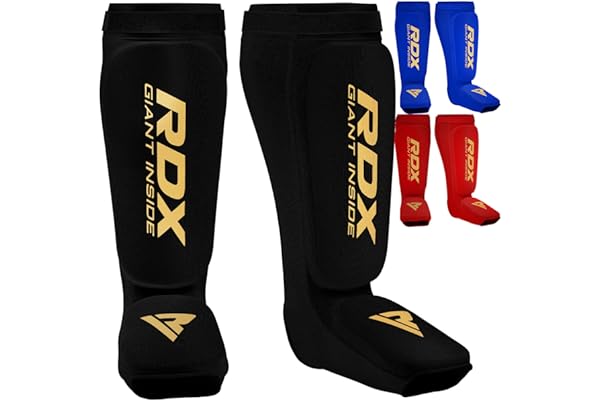Shin guards, often referred to as shin pads, are an essential piece of equipment for athletes participating in various sports like soccer, field hockey, lacrosse, baseball, and cricket. They act as a shield, safeguarding the shins from impacts, abrasions, and cuts that are commonplace during gameplay. While their primary function is clear, understanding the intricacies of shin guards goes beyond simply recognizing their protective role. This article delves deeper into the world of shin guards, exploring their types, materials, choosing the right fit, and essential maintenance tips.
A Legacy Rooted in History
The story of shin guards is an interesting one, with its roots stretching back to ancient civilizations. Evidence suggests that Greek and Roman soldiers wore leather greaves to protect their shins during combat. As organized sports began to take shape, the need for similar protection on the field became apparent.
Early Innovations:
- 19th century:The earliest documented use of shin protectors in sports came in the 19th century when cricketers started wearing improvised shin protection made of wood or leather.
- Early 20th century:As football (soccer) gained international popularity, players began experimenting with makeshift shin guards fashioned from cardboard or boiled leather. These early iterations, however, were often bulky, uncomfortable, and restrictive.
The Future of Shin Guards: A Focus on Innovation
The world of shin guards continues to evolve, with manufacturers constantly pushing the boundaries of innovation. Some exciting developments include:
- Advanced materials:Research into new materials that offer even better protection, flexibility, and weight reduction is ongoing.
- Smart technology:The integration of smart technology that monitors impact force and potential injury risks is a possibility in the future.
- Sustainability:Finding ways to create shin guards from recycled materials or utilizing more eco-friendly manufacturing processes is gaining traction.
Types of Shin Guards: Finding the Right Fit for Your Needs
Choosing the right type of shin guard depends on your playing style, level of experience, and personal preference. The two primary categories are broken out as follows:
1. Slip-in Shin Guards:
- Lightweight and flexible:These offer a comfortable and unrestricted feel, allowing for greater mobility.
- Minimal coverage:Primarily protect the shins and lack ankle protection.
- Suitable for:Experienced players who prioritize maneuverability and prefer a more natural feel.
- Examples:Nike Mercurial Lite, adidas X League
2. Ankle Shin Guards:
- Enhanced protection:Offer additional padding and support for the ankle and shin, ideal for beginners or players prone to ankle injuries.
- More bulkier:May feel slightly heavier and less flexible compared to slip-in options.
- Suitable for:Beginners, younger players, and individuals seeking extended coverage and support.
- Examples:Sondico Comfort, G-Form Pro-S
Unveiling the Science behind Materials: Striking the Balance between Comfort and Protection
The effectiveness and comfort of shin protectors heavily rely on the materials used in their construction. Here are some examples of the most popular materials:
- High-density polyethylene (HDPE):This rigid plastic offers excellent impact protection but can feel bulky and uncomfortable.
- Polypropylene (PP):A lighter and more flexible alternative to HDPE, providing good protection while maintaining breathability.
- EVA (ethylene vinyl acetate) foam:This popular material provides shock absorption and comfort but may not offer the same level of impact protection as HDPE.
- Combination materials:Many shin guards combine different materials, like a hard plastic shell with a soft EVA foam lining, to achieve a balance between protection and comfort.
Selecting the Ideal Fit: A Handbook for Comfort and Effectiveness
A well-fitting shin guard is crucial for both protection and performance. Here are a few crucial points to remember:
- Size:Shin guards are available in several sizes, usually spanning from children to adults. Ensure the guard covers the entire shin bone, extending slightly above the ankle joint.
- Snugness:The guards should be snug but not constricting, allowing for slight movement without slipping or bunching during play.
- Comfort:Look for materials that are breathable and wick away moisture to prevent discomfort and irritation.
Beyond Protection: Essential Maintenance Tips for Long-Lasting Shin Guards
Maintaining your shin guards properly ensures optimal performance and longevity. Here are some key tips:
- Cleaning:Regularly wipe down your shin protectors with a damp cloth and mild soap to remove dirt and sweat. Before storing, let them dry entirely on the air.
- Deodorizing:Use a deodorizing spray specifically designed for sports equipment to combat unpleasant odors.
- Replacing:Over time, the protective materials in shin guards can wear down, compromising their effectiveness. Replace your shin protectors every few years or if they show signs of damage or wear.
The Final Whistle: Shin Guards - More Than Just Protection
Shin guards are not just a passive piece of equipment; they are an integral part of an athlete's safety and performance. By understanding the different types, materials, and how to choose the right fit, you can ensure that your shin protectors provide optimal protection, comfort, and allow you to perform at your best. Remember, the journey to becoming a skilled athlete starts with the right gear, and shin protectors play a crucial role in that journey.



No comments yet